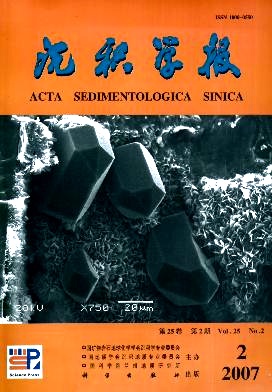Analysis of the Late Paleozoic and Mesozoic Paleocurrents and It′sConstructional Significance of the Northern Bogdashan, Xinjiang
- Received Date: 1900-01-01
- Rev Recd Date: 1900-01-01
- Publish Date: 2007-04-10
-
Key words:
- Xinjiang /
- the Junggar Basin /
- paleocurrent /
- sedimentary environments /
- basinmountain coupling
Abstract: The northern Bogdashan is located in the south of the Junggar Basin and in the north of Tian Shan. Paleocurrents analysis reveals that paleocurrent direction had three important abrupt transformations from the Neopaleozoic to the Cenozoic. Before the Late Carboniferous, the paleocurrent directions were from north to south. During the Permian, the paleocurrent directions were from west to east or form northwest to southeast. From the Triassic Period to the Jurassic, the paleocurrent directions were from north to south. From the Cretaceous to the Cenozoic, the paleocurrent directions was form south to north. The northern Bogodashan may be divided four tectonic evolution stages form the Neopaleozoic to the Cenozoic by integrated analysis paleocurrent,provenance and sidimentary environment. The transition phase of paleocurrent directions was not only the boundary of each stages of basin tectonic evolution but also important sedimentary record of orogenic belt evolution around the area. Furthermore, the transition time of the paleocurrent directions may restricts when structural belt around Bogodashan had uplifted. At the end of the late Carboniferous, the north western Junggar Basin had be intensity uplift and subsequently sediments fluxes into the basin form west to east. At begin of the Triassic Period, the northern jungar basin was uplifted and it provided clastic sediments for basin from the Triassic to the Jurassic. At the end of the Jurassic, the Bogodashan began to be uplifted and provided clastic sediments for besides of the Bogodashan. Why had the orogenic belt be uplifted clockwise around of the Junggar Basin? It would be researched further.
| Citation: | LI Wei. Analysis of the Late Paleozoic and Mesozoic Paleocurrents and It′sConstructional Significance of the Northern Bogdashan, Xinjiang[J]. Acta Sedimentologica Sinica, 2007, 25(2): 283-292. |






 DownLoad:
DownLoad: